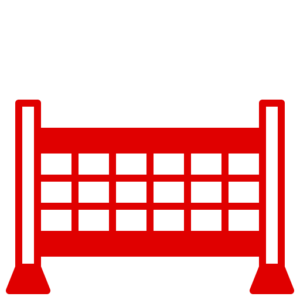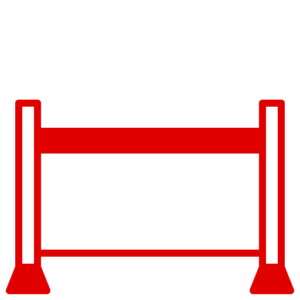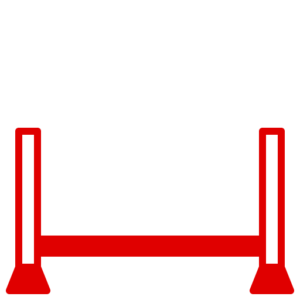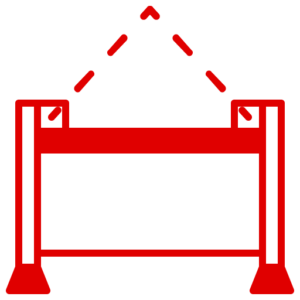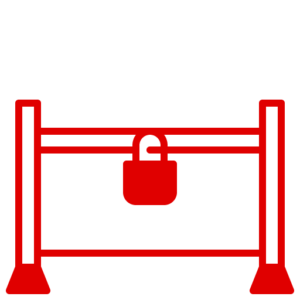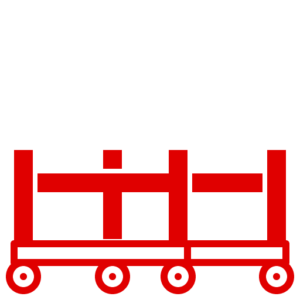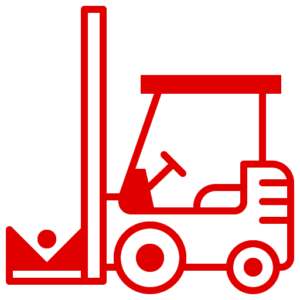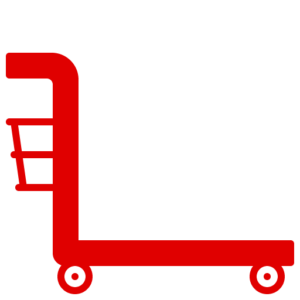News
Stillages in Lifting Operations: Rigorous Risk Assessments to Ensure Safety Under LOLER.
At Lowe Stillages and Cages, we recognise the critical role of comprehensive risk assessments in ensuring the safety of lifting operations. Specifically, when these operations involve stillages, employers must adhere to the requirements stipulated under the Lifting Operations and Lifting Equipment Regulations (LOLER). In this blog post, we detail the systematic process that employers should follow to conduct risk assessments effectively.
Identify Hazards
The process begins with identifying potential hazards associated with lifting operations involving stillages. These can vary significantly depending on the specific circumstances and may include factors such as the weight and stability of the loads, environmental conditions, equipment compatibility, and potential interaction with other personnel or objects. Being thorough at this stage lays the foundation for an effective risk assessment.
Assess Risks
Once potential hazards are identified, the next step is to assess the associated risks. This crucial step involves evaluating the likelihood and potential consequences of incidents or accidents related to stillage lifting operations. Both qualitative and quantitative scales may be used for risk assessment, taking into account variables such as severity, frequency, and exposure to potential hazards.
Implement Control Measures
Informed by the identified risks, employers must then determine suitable control measures aimed at mitigating or entirely eliminating the hazards. These controls can be either engineering controls, such as using lifting equipment with safety features, or administrative controls like establishing safe work procedures and providing proper training to employees. The goal here is to reduce risk to an absolute minimum.
Review and Refine Risk Assessments
Risk assessments are not a one-off activity; they should be periodically reviewed and refined. This ensures that they account for any changes in lifting operations or work environments, maintaining the effectiveness and relevance of control measures. In line with LOLER, this iterative process guarantees that the assessments are always aligned with the current conditions.
Document and Communicate
Finally, it is essential for employers to document the entire risk assessment process. This includes the identified hazards, the levels of risk, and the control measures implemented. This documentation should be effectively communicated to employees involved in lifting operations, ensuring their thorough understanding and strict compliance with established safety protocols.
By rigorously following these steps, employers can proficiently conduct risk assessments for lifting operations involving stillages under LOLER. The steps of identifying hazards, assessing risks, implementing control measures, continually reviewing the assessments, and effectively communicating the results, all contribute to the creation of a safer work environment and promote compliance with LOLER regulations.
At Lowe Stillages and Cages, we deeply value the safety of your operations and stand ready to support you in understanding and implementing these critical safety guidelines.

